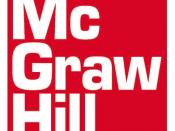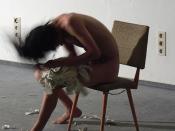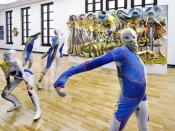AbstractCorporate Culture and Performance by John Kotter and James Heskett was examined in order to gain a better understanding of how a corporate culture can have an effect on an organization's economic performance. Throughout this book 207 different organizations were studied to further explore the idea of culture in the workplace with the author's purpose of linking three cultural theories to better understanding the relationship of culture to performance. These theories were: I strong cultures models, II strategically appropriate cultures II adaption model. All organizations have corporate culture, but the degree in which they exert on individuals and performances may vary. This book sets out to challenge the widely held belief that "strong" corporate cultures create excellent business performance. Shared values of an organization can promote good performances in some business, the reverse can happen when culture are characterized by self-importance, inward focus, and bureaucracy which will be separated and analyzed for further understanding.
Strong cultureThe first theory that is analyzed by the authors was strong culture; this theory primarily focuses on the link between strong culture and performance. Firms with strong cultures often make their shared values known in their mission statement. The most popular strong culture is IBM. They conducted business by: I respecting each person in the firm II giving the best customer experience II pursuing all tasks with the objective of accomplishing them in a superior way. Questions have been raised about this theory. The perception says that strong culture causes strong performance. The opposite is also known to occur; strong performance can help create strong culture. Individuals that favor this believe that a benefit of strong culture outweighs the risks where excellent performance does not come easy.
Testing the theory started by picking 22 known and relativity unknown companies to get a diverse sample.


